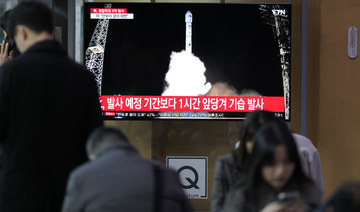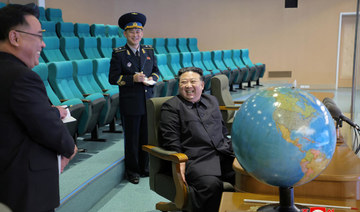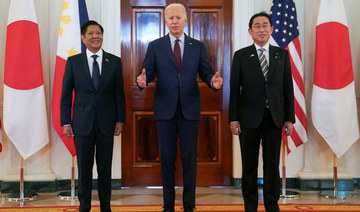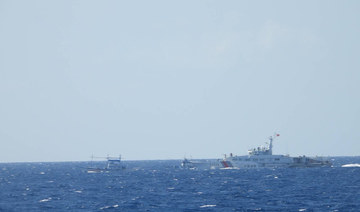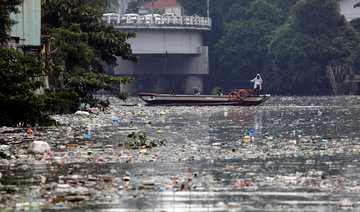ROME: The European Union celebrates its 60th birthday on Saturday, the anniversary of its six founder members signing the Treaty of Rome which gave birth to the European Economic Community.
Ahead of the ceremonies, AFP talked to Brigid Laffan, an Irish expert on European integration who is currently director of the Robert Schuman Center for Advanced Studies and the Global Governance Programme at the European Institute in Florence.
Q: This anniversary is happening as the European Union grapples with the aftermath of the financial crisis, Brexit, the rise in populism and a major migration crisis. What happened?
A: Two main things. Firstly the EU became a more powerful institution and had greater impact on its member states, and secondly we had the great recession.
The global financial crisis really tested Europe’s capacity to stay together, and just as the EU came out of that crisis — at least its acute phase — then it was hit by the refugee crisis.
So, arguably, the EU has faced its most testing period over the last 60 years in its recent past.
Q: Who is to blame?
A: Responsibility lies all over. European institutions, Brussels... but of course, governments must also take responsibility for what they do in Brussels, and quite frequently they don’t.
Added to that you had a rise of populism and parties that combine being anti-EU and anti-migrants ... and that’s very powerful. It’s populist, it’s easy politics and blaming the EU is the easiest politics of all.
Q: European integration was driven by France and Germany working together, but the partnership seems to have faltered. Can it get back on track?
A: The Franco-German relationship is the core relationship in the EU, the motor of integration and now there is some bad petrol in the engine and so both sides need to change.
France needs to become serious about its economic reforms, it can’t survive unless it is.
Germany, in the way it handled the crisis, was too wedded to a model of austerity, too wedded to a model of cutbacks, imposing adjustments on other countries.
I think 2017 will a very important year for the EU, and I think it will be a good one.
If someone like (Emmanuel) Macron is elected in France and there is a shift in domestic politics in Germany, there is a new bargain available between France and Germany.
Q: And what if far-right leader Marine Le Pen wins the French presidential election in May?
A: I would be absolutely terrified by a Le Pen win in France. If that happens, then I think the EU would face an impossible future.
But I don’t think she will win. One of the impacts of Brexit is that people on the continent and in other member states are beginning to realize we can also lose a lot if the EU disintegrates.
Q: In a 27-member EU, is multi-speed integration inevitable?
A: We already have a multi-speed Europe; some countries are members of the euro and some are not.
I think we’ll see more of that — more integration in the eurozone, but also in the area of defense, security and border controls .... You will see some countries going further than others.
Q: What impact will Brexit have?
A: It is an enormous challenge to the EU. The EU can survive Brexit, I am not sure that the UK can because I think it will end up with a disunited kingdom and a very high cost to the British.
It’s far too complicated. They are too dependent and interdependent with the EU. This makes no sense at all.
Q: Without Britain, can the rest of Europe go faster?
I don’t see a dramatic transformation of the EU because it’s never dramatic. It has always moved quite slowly.
But I do think once you have all of the elections of 2017 completed and a different political complexion in Europe, what you will see is what I would call reformist reform. In other words, movement that is cumulative and will bring the EU to a safer place.
Apart from the UK, I see no other country where a majority of the citizens want to leave the EU.... Look at the Dutch elections (where voters rallied to mainstream, pro-European parties).
But of course there are segments of the population who are skeptical, worried about the EU and the governments have a responsibility to them as well.








